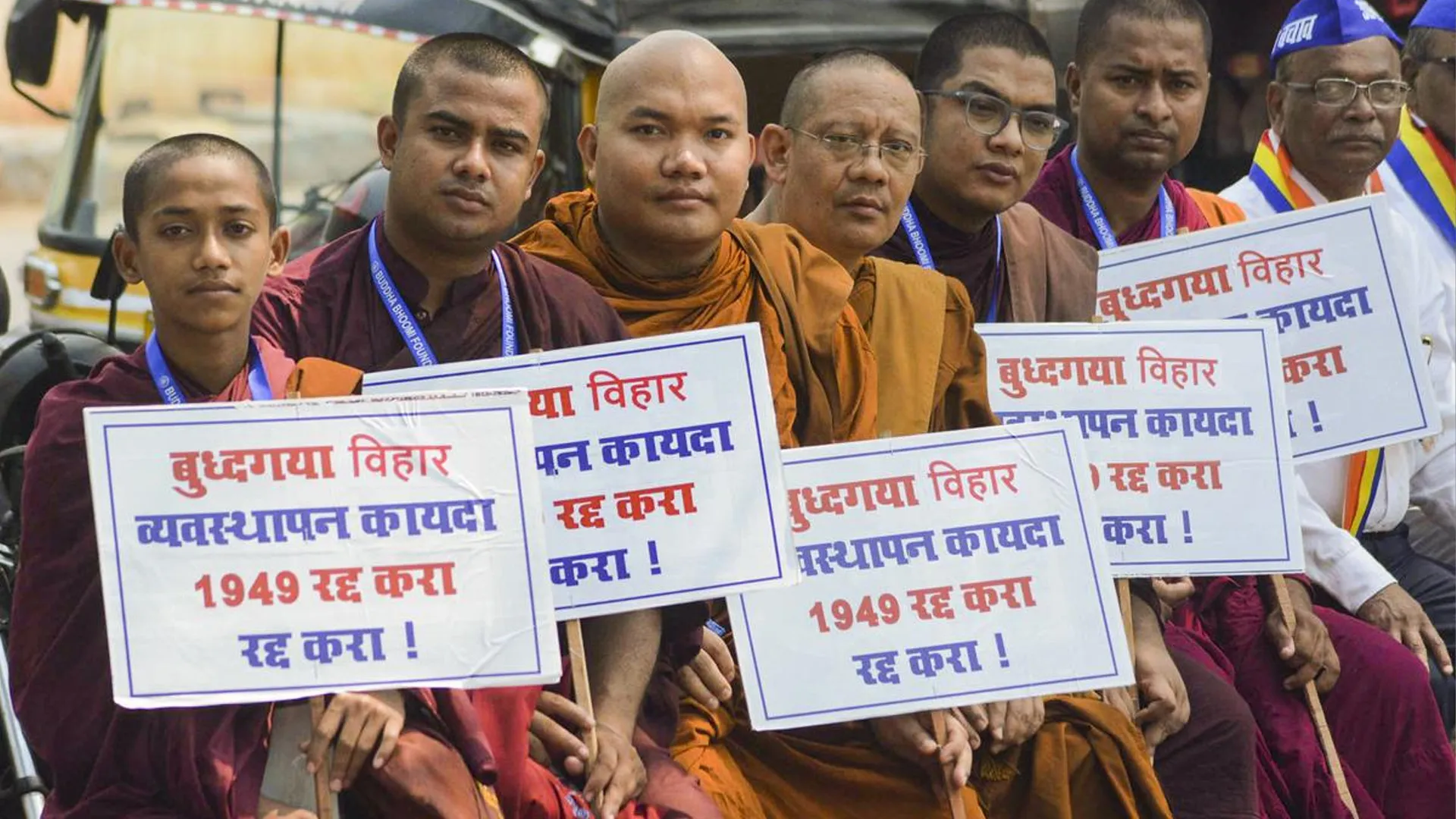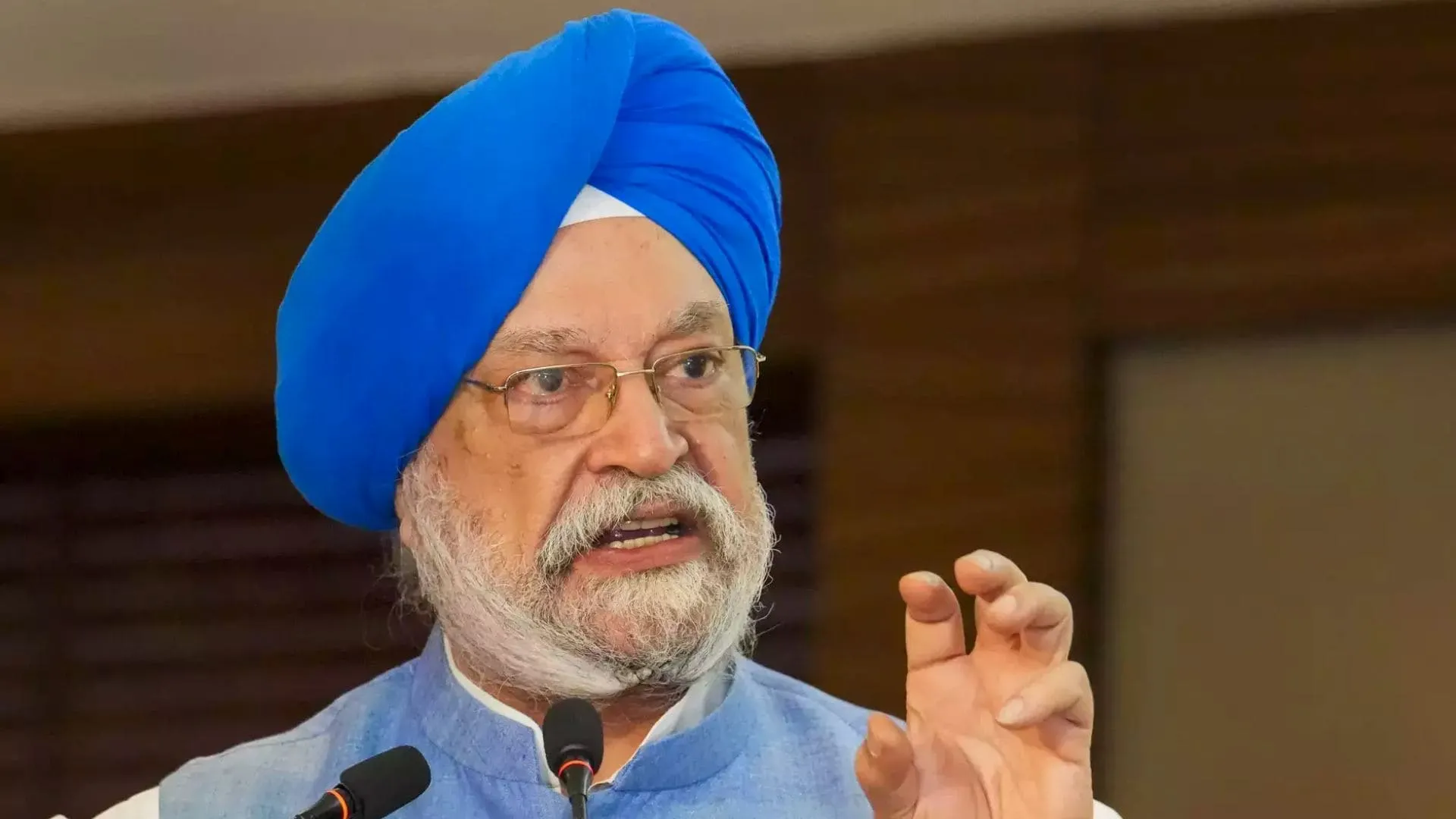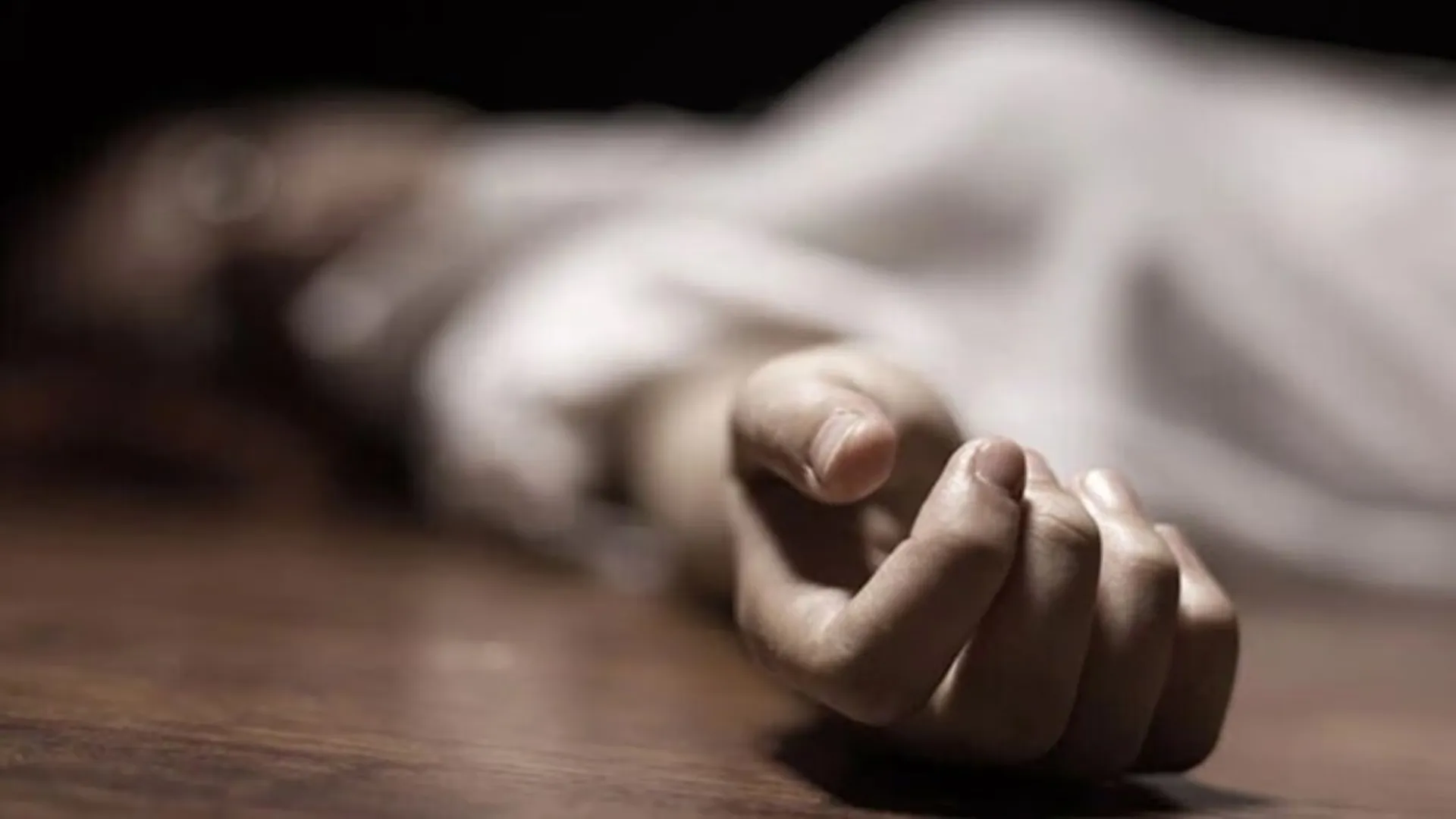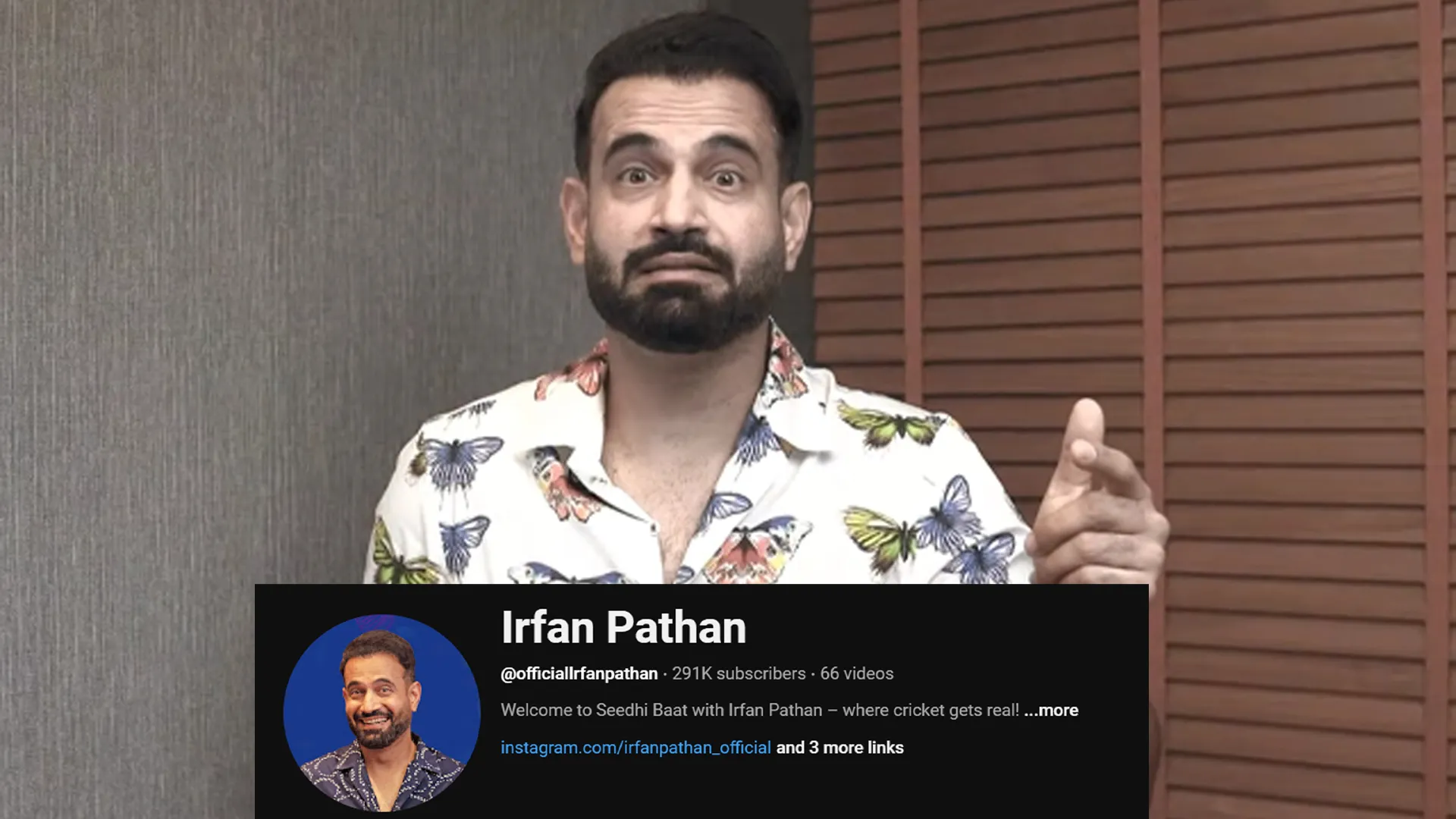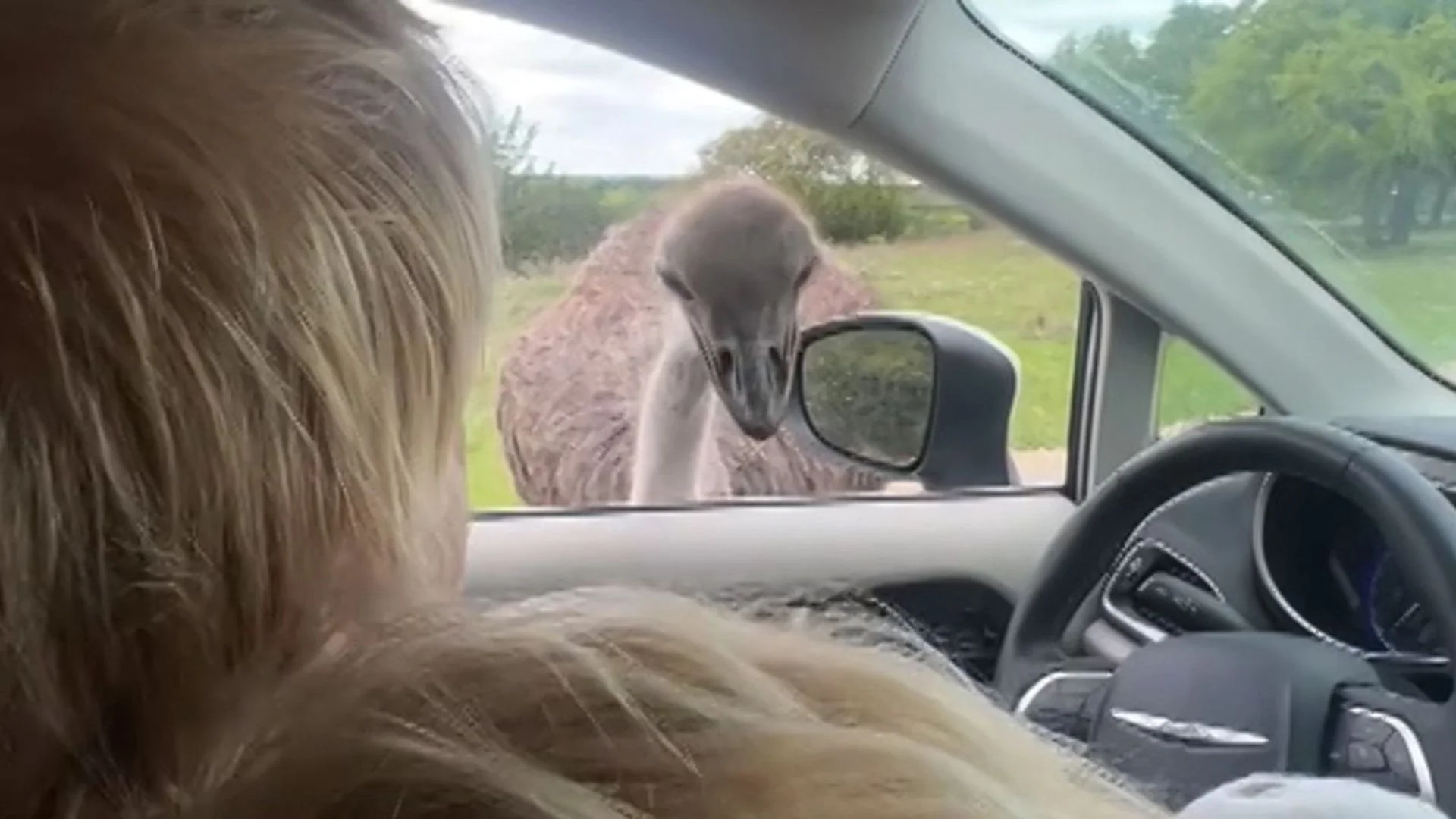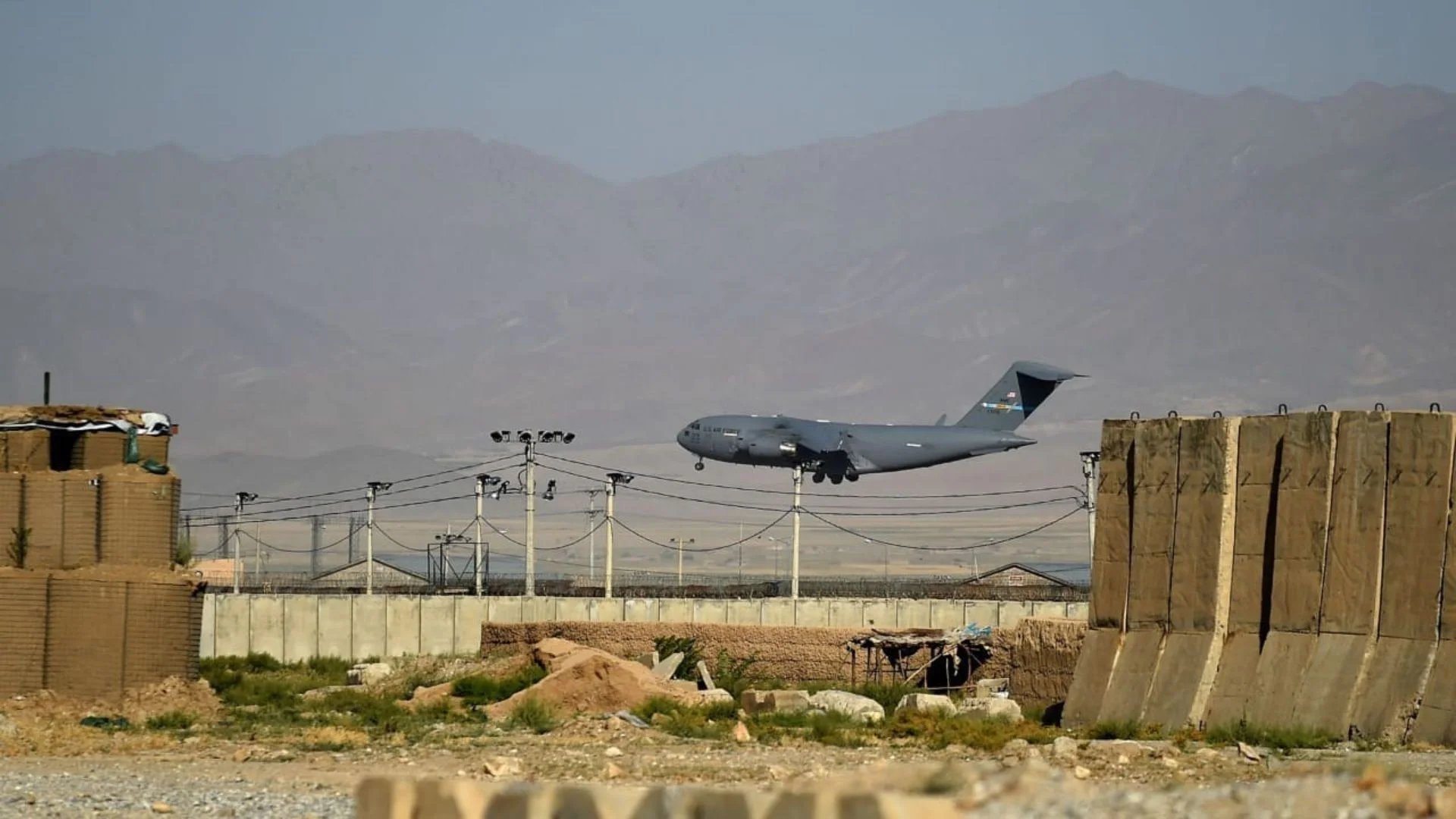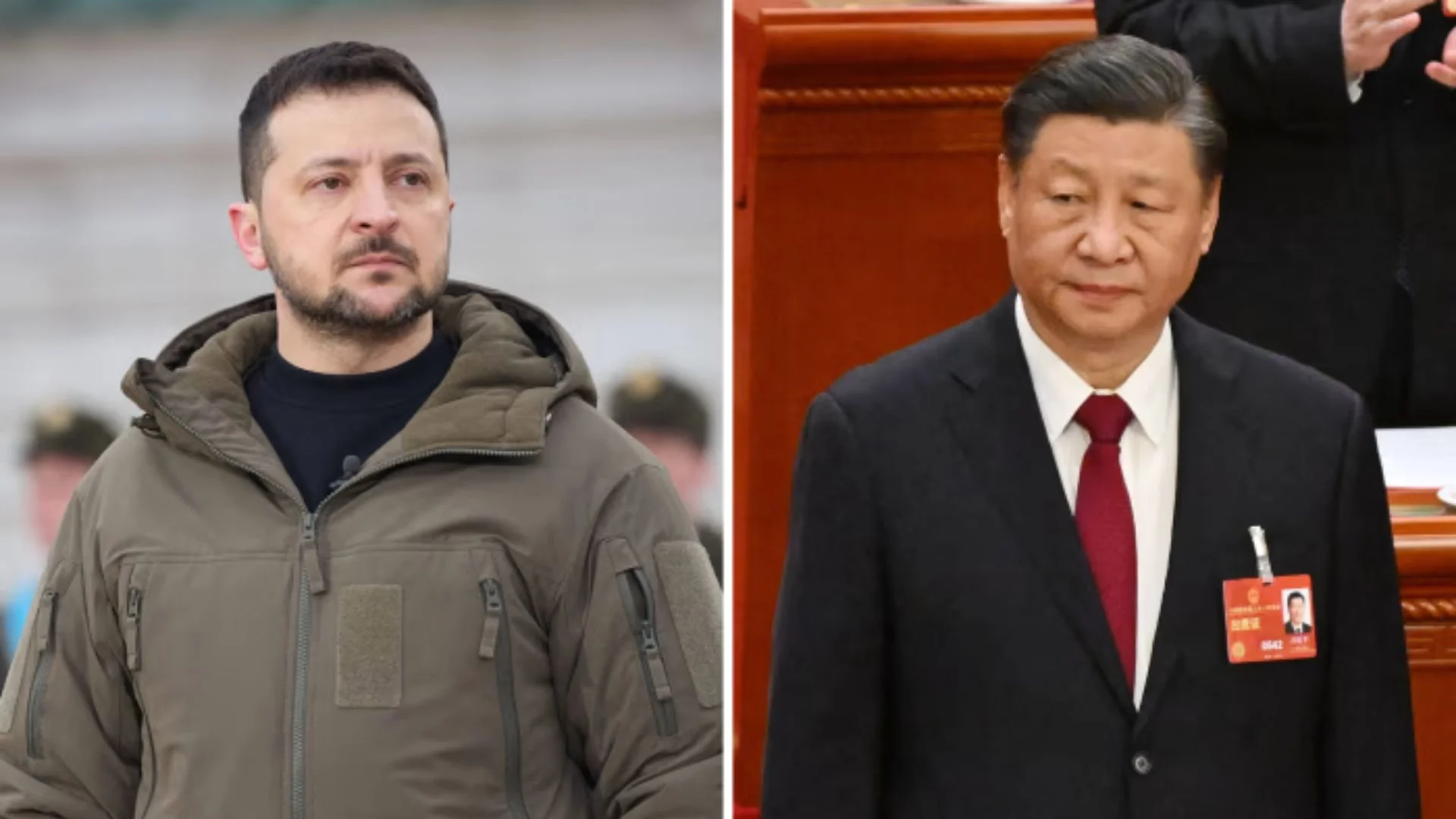Bodh Gaya, the holiest of places for Buddhism, has been a hub of protest since February, when several Buddhist organizations rallied against the Bodh Gaya Temple Act (BTA) of 1949. Led by the All India Buddhist Forum (AIBF), the protests aim at repealing the Act, which regulates the upkeep of the Mahabodhi Temple, a very important pilgrim center of Buddhists the world over. The demonstrations highlighted the long-standing Buddhist monks’ demand for sole control of the temple’s administration.
Background of the Mahabodhi Temple
The Mahabodhi Temple in Bodh Gaya, Bihar, is regarded as one of the holiest Buddhist shrines. It is said that Buddha achieved enlightenment under the Bodhi tree at the temple premises, and therefore, it is a sacred place for Buddhists numbering millions of people. The temple was originally constructed by Emperor Ashoka in 260 BCE after he converted to Buddhism. The administration of the shrine stayed in Buddhist hands for centuries until the 13th century, when it came into disuse after an invasion by Bakhtiyar Khilji.
In the 18th century, there were British interventions, and it underwent repairs, but in 1590, a Hindu monk, Ghamandi Giri, took back the temple. His family has run the shrine ever since. Yet, with India’s independence, the government of Bihar enacted the Bodh Gaya Temple Act in 1949, shifting authority from the Bodh Gaya Math to an eight-member committee set up under this act.
What Is the Bodh Gaya Temple Act?
The Bodh Gaya Temple Act, 1949, constituted the Bodhgaya Temple Management Committee (BTMC) for the administration of the Mahabodhi Temple. The committee is made up of four Hindus and four Buddhists, and the District Magistrate (DM) of Gaya is ex-officio chairperson. The provision was revised in 2013 to provide for any DM, irrespective of his religion, to be appointed as chairperson. Critics, on the other hand, contend that Hindu participation in the administration of a Buddhist sacred site compromises the temple’s holiness.
Buddhist Monks Demand Sole Control
Since February 2023, close to 100 Buddhist monks have been demonstrating at the Mahabodhi Temple, calling for the Bodh Gaya Temple Act to be abolished. The monks, led by AIBF general secretary Akash Lama and president Jambu Lama, have been on an indefinite hunger strike. Waving slogans such as “Buddhists demand justice” and “All members of BTMC should be Buddhists,” they claim that the temple should be run only by members of the Buddhist community.
The protests, which were originally conducted within the temple precinct, were forcibly relocated outside after police action on February 27. The protesters say that the involvement of Hindus in the management of the temple contravenes the constitutional rights of the Buddhists and is against Buddhist principles. Protesters also state that Hindu monks’ Vedic rituals within the temple are against the teachings of Buddhism.
One demonstrator, Abhishek Bauddh, who came in from Chhattisgarh to take part, told Al Jazeera, “All religions in India look after and maintain their religious places. Why are Hindus then present in the committee of a Buddhist religious shrine?”
The Bodh Gaya Math Reacts
The Bodh Gaya Math, which takes care of the temple, has also labeled the protests as political. Swami Vivekanand Giri, who is the present head of the Math, asserted that certain political-minded people are trying to upset the harmony in the temple. He said the Math regards Buddhists as their “brothers” and the Math’s teachings regard Buddha as the ninth incarnation of Lord Vishnu. Giri also stated that Math has been accommodating Buddhist pilgrims for years and has permitted them to pray openly inside the temple.
Earlier Protests and Legal Action
This is not the first time Buddhists have been protesting against the BTA. In 2012, two Buddhist monks went to the Supreme Court filing a writ petition requesting that the Act be repealed. The case has not yet been heard. There have been more protests since, such as a rally in Bodh Gaya in November 2023 and a protest in Patna in September 2023, demanding that the Act be revoked.
The AIBF recently submitted an intervention petition to the Supreme Court, requesting an urgent hearing of the 2012 petition. The forum has also submitted a memorandum to the Bihar government with more than 30,000 signatures and endorsements from more than 500 international Buddhist organizations. The AIBF suggests the establishment of the Bodhgaya Mahabodhi Mahavihara Chaitya Trust in place of the existing BTMC.
Ongoing Struggle for Control
The demands for a Buddhist-controlled management of the Mahabodhi Temple are still among the top points. The increasingly spreading movement is creating debate concerning religious communities’ rights to run their holy sites, and the continuing protests pinpoint the conflict among religious groups in regards to owning control of one of Buddhism’s most important temples.

